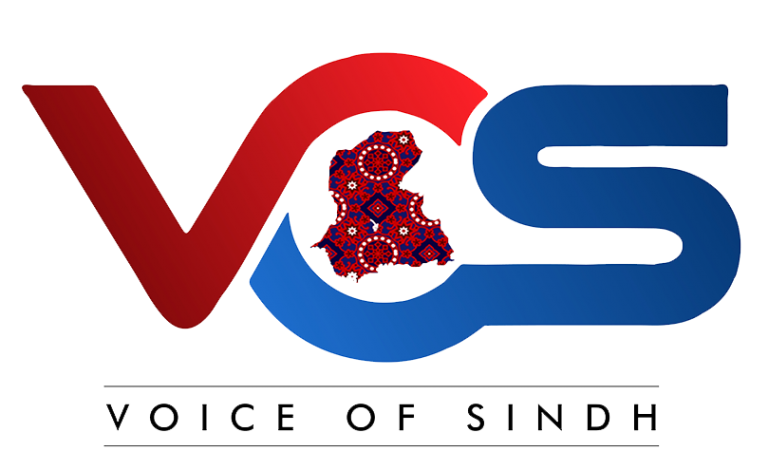The US government released new data this week showing that rates of autism diagnoses among US children reached record highs in 2022.
Autism is a neurological and developmental condition marked by disruptions in brain signalling that cause people to behave, communicate, interact, and learn in atypical ways.
Autism diagnoses in the United States have increased significantly since 2000, intensifying public concern over what might contribute to its prevalence. Here is what you need to know.
How is autism diagnosed?
There are no objective tools for diagnosing Autism Spectrum Disorder (ASD), the medical name for autism, such as blood tests or brain scans. Instead, diagnoses are made based on observations and interviews.
The term spectrum reflects the wide range of possible manifestations. Some people with ASD may have good conversation skills, while others may be nonverbal. Some may be acutely sensitive to sounds, touch, or other triggers. Some may have restricted or repetitive behaviours or interests. Some may need help with daily living, while others require little or no support.
The American Academy of Paediatrics recommends screening all children for autism at 18 and 24 months, when most children will begin to show symptoms. Yet the average age of diagnosis remains close to 4 years in the US and 5 years globally.
How common is autism?
By 2022, the US autism rate in 8-year-olds was 1 in 31, or 3.2%, up from 2.77% in 2020, 2.27% in 2018 and 0.66% in 2000, according to the US Centers for Disease Control and Prevention. A 2021 study from England put the rate of children there at 1.76%, up from 1.57% in 2009.
The World Health Organization estimates the worldwide prevalence in children at 1%, up from 0.62% in 2012, with the caveat that many countries lack the resources to identify cases and report them.

















































